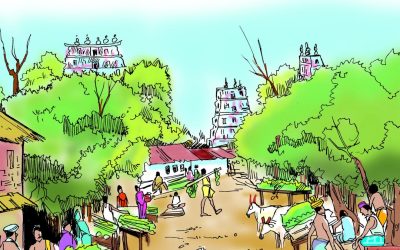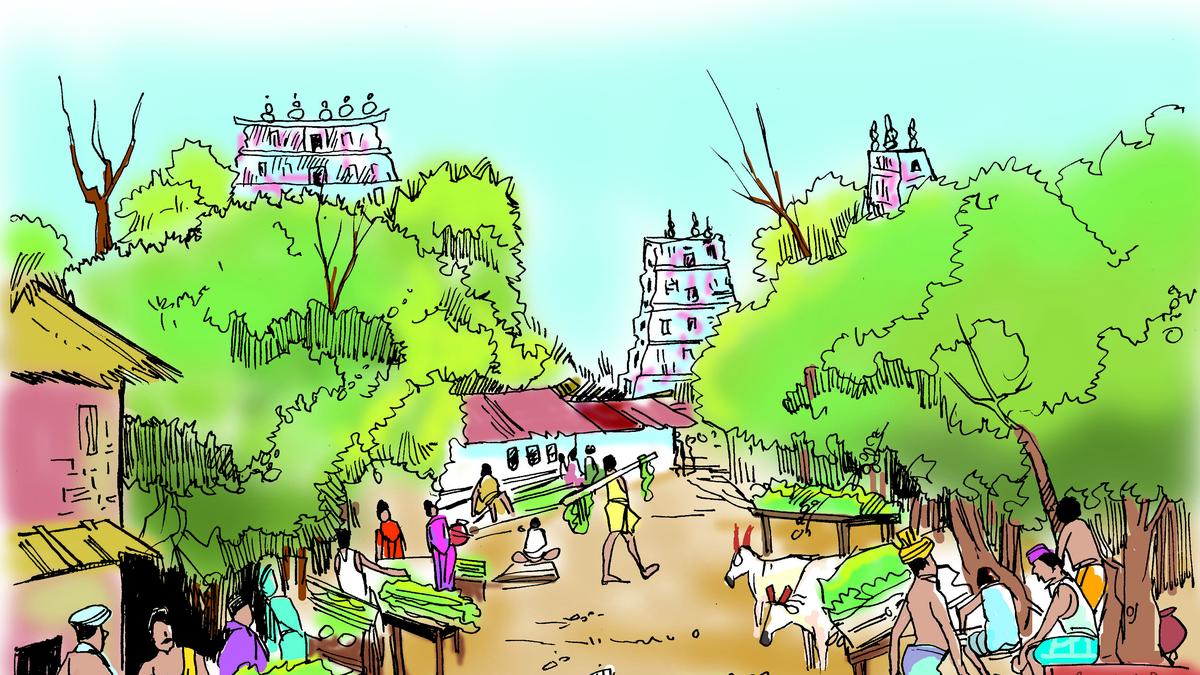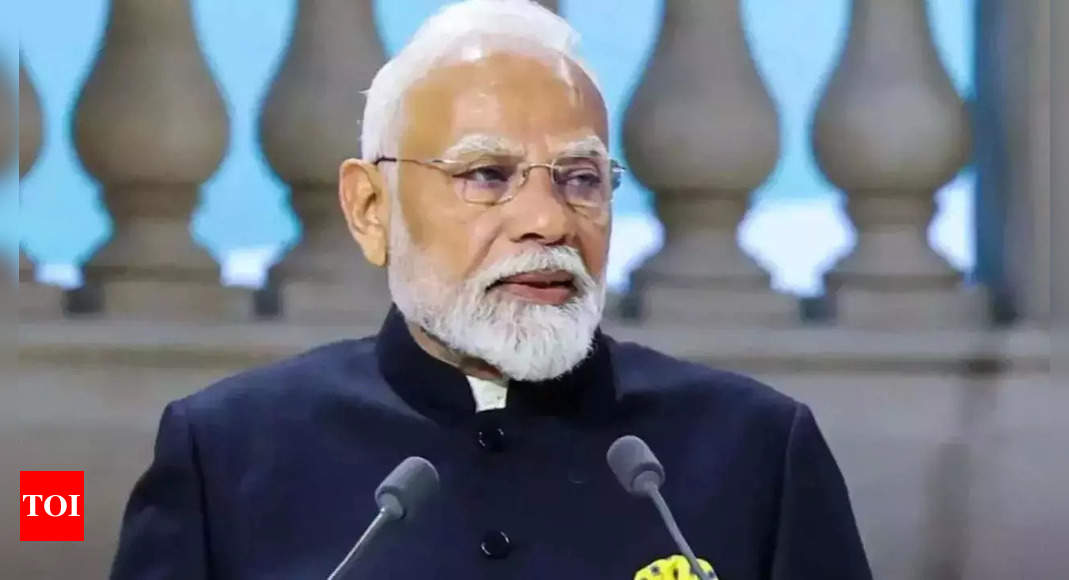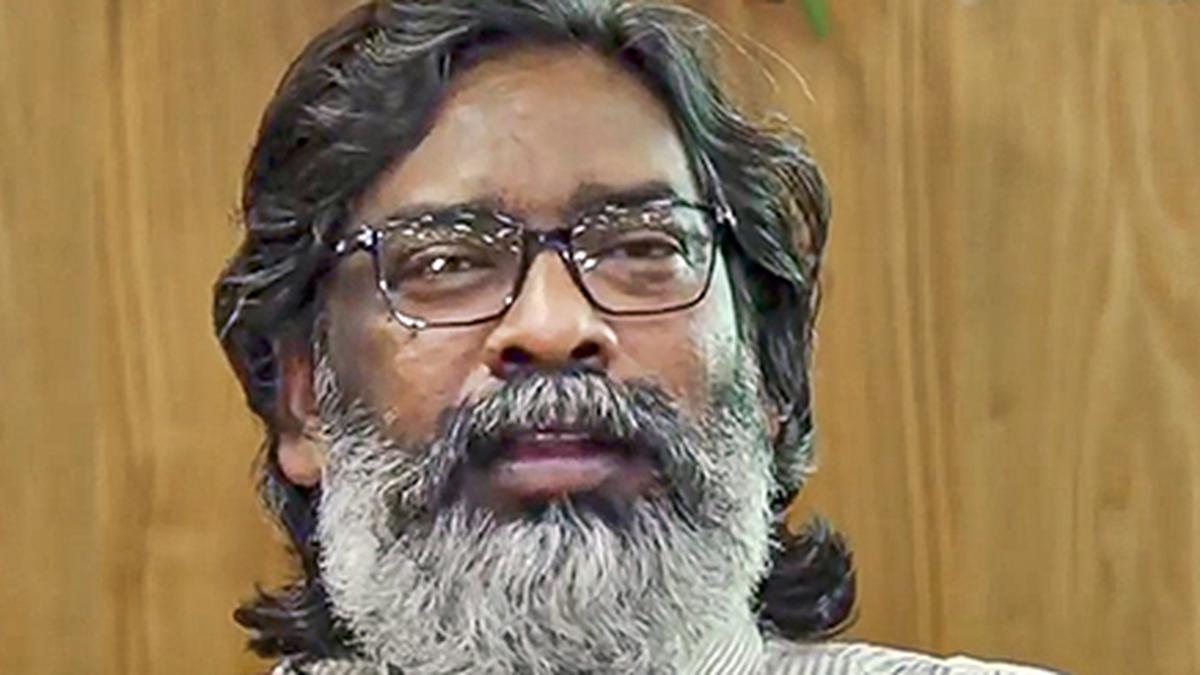Elector surge in Maharashtra and Delhi Assembly polls not unusual
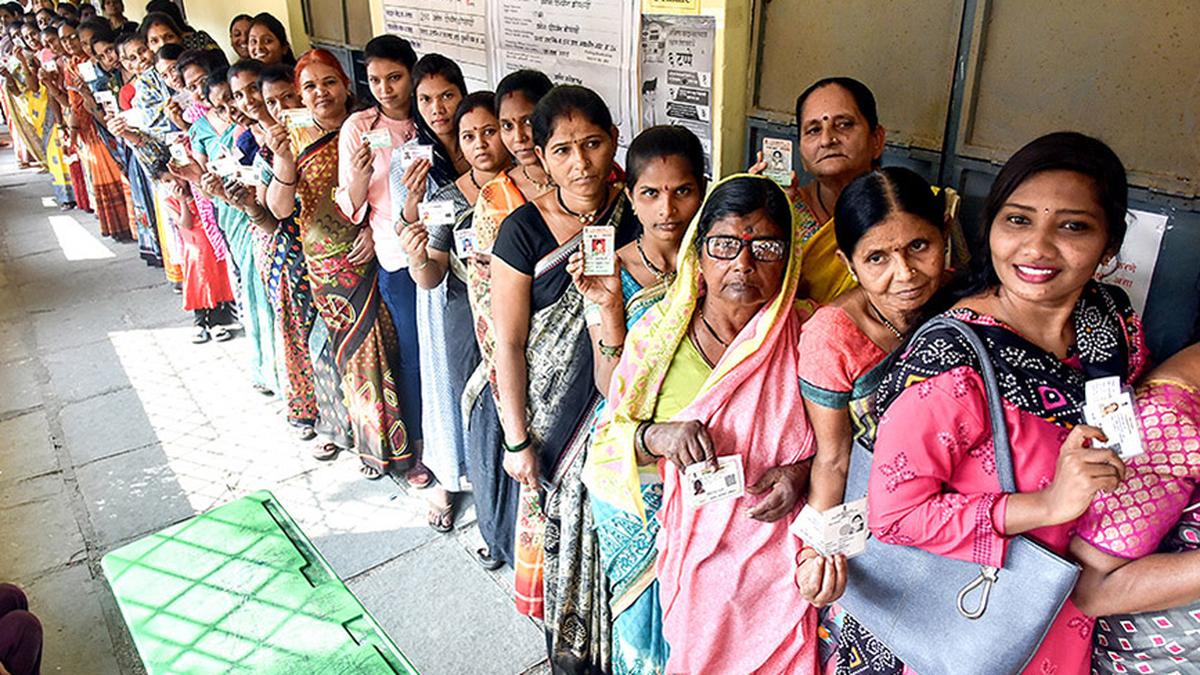

Akola, Nov 20 (ANI): Voters wait in queues to cast their vote for the Maharashtra Assembly Elections, in Akola on Wednesday. (ANI Photo)
| Photo Credit: ANI
The surge in the number of electors during the recent Assembly elections in Maharashtra and Delhi is not unusually high, an analysis of Election Commission data shows.
The spurt in electors in Maharashtra became a subject of controversy after the Leader of the Opposition in the Lok Sabha, Rahul Gandhi, raised the issue at a recent press conference. In Maharashtra, between the Lok Sabha polls held on April 19, 2024, and the Assembly elections held on November 20, 2024 — a period of 215 days — there was a net addition of 39.6 lakh electors.
However, between the Assembly elections on October 21, 2019, and the Lok Sabha polls in April 2024 — a period of 1,642 days — there was a net addition of only 32.2 lakh electors. “Why did the Election Commission add more voters in Maharashtra in five months than it did in five years,” Mr. Gandhi asked.
Table 1 | Number of electors recorded across various Assembly and Lok Sabha elections in Maharashtra
Data show that the net addition of 39.6 lakh electors in 215 days is not unusually high. Between the Lok Sabha polls on April 20, 2004, and the Assembly elections on October 13, 2004 — a period of 176 days — there was a net addition of 29.5 lakh electors. A similar analysis of 2009, 2014, and 2019 shows net additions of 30 lakh, 27.2 lakh, and 11.6 lakh electors, respectively.

In fact, if the increases are expressed as electors added per day, the context becomes clearer. The net addition of 39.6 lakh electors in 215 days amounts to 18,434 net electors added per day. This figure is not a far cry from the 16,782 net electors added per day in the 176 days in 2004. A similar analysis for 2009 and 2014 shows that 16,746 and 14,519 net electors were added per day, respectively.
Table 2 | Number of electors recorded across various Assembly and Lok Sabha elections in Delhi
In Delhi, between the Lok Sabha polls on May 25, 2024, and the Assembly elections on February 5, 2025 — a period of 256 days — there was a net addition of 3.9 lakh electors. However, between the Assembly elections on February 8, 2020, and the Lok Sabha polls in May 2024 — a period of 1,568 days — there was a net addition of only 4.16 lakh electors.
As with Maharashtra, past data for Delhi also show that such surges in electors during brief periods are not unusual. In fact, the net additions have often been much higher. For instance, between the Lok Sabha polls on May 12, 2019, and the Assembly elections on February 8, 2020 — a period of 272 days — there was a net addition of 4.7 lakh electors. Between April 2014 and February 2015, there was a net addition of 6.02 lakh electors. And between December 2013 and April 2014, in just 127 days, there was an addition of 7.7 lakh net electors.
It is intriguing that a significant number of electors were added during the brief periods between two elections, while longer gaps did not result in substantially higher additions. But the elector surge during the recent State elections in Maharashtra and Delhi, over a short period, is not a new phenomenon; it is part of a long-standing trend in these States.
Tables 3 and 4 provide data for Jharkhand and Haryana. Departing from the trends observed in Maharashtra and Delhi, in these two States, shorter intervals between elections resulted in smaller net additions of electors, whereas longer intervals lead to significantly higher elector additions.
Table 3 | Number of electors recorded across various Assembly and Lok Sabha elections in Jharkhand
Table 4 | Number of electors recorded across variousAssembly and Lok Sabha elections in Haryana
These contrasting patterns suggest that the effectiveness of Chief Electoral Officers assigned to these States, population demographics, and migration patterns might significantly influence voter additions. Political reasons such as welfare measures might help in higher voter registration but that requires a deeper study.
Published – February 12, 2025 07:30 am IST
